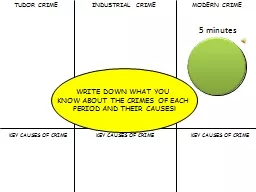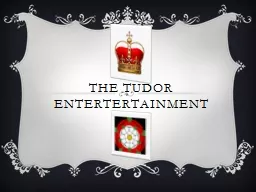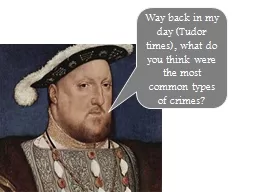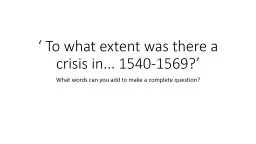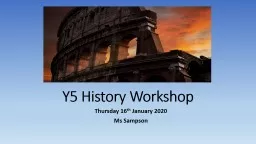PPT-There was no Tudor successor to the throne of England.
Author : conchita-marotz | Published Date : 2018-03-08
Elizabeth I chose James VI of Scotland to succeed her After her death in 1603 James VI of Scotland became James I of England Elizabeth I had been instrumental in
Presentation Embed Code
Download Presentation
Download Presentation The PPT/PDF document "There was no Tudor successor to the thro..." is the property of its rightful owner. Permission is granted to download and print the materials on this website for personal, non-commercial use only, and to display it on your personal computer provided you do not modify the materials and that you retain all copyright notices contained in the materials. By downloading content from our website, you accept the terms of this agreement.
There was no Tudor successor to the throne of England.: Transcript
Download Rules Of Document
"There was no Tudor successor to the throne of England."The content belongs to its owner. You may download and print it for personal use, without modification, and keep all copyright notices. By downloading, you agree to these terms.
Related Documents


